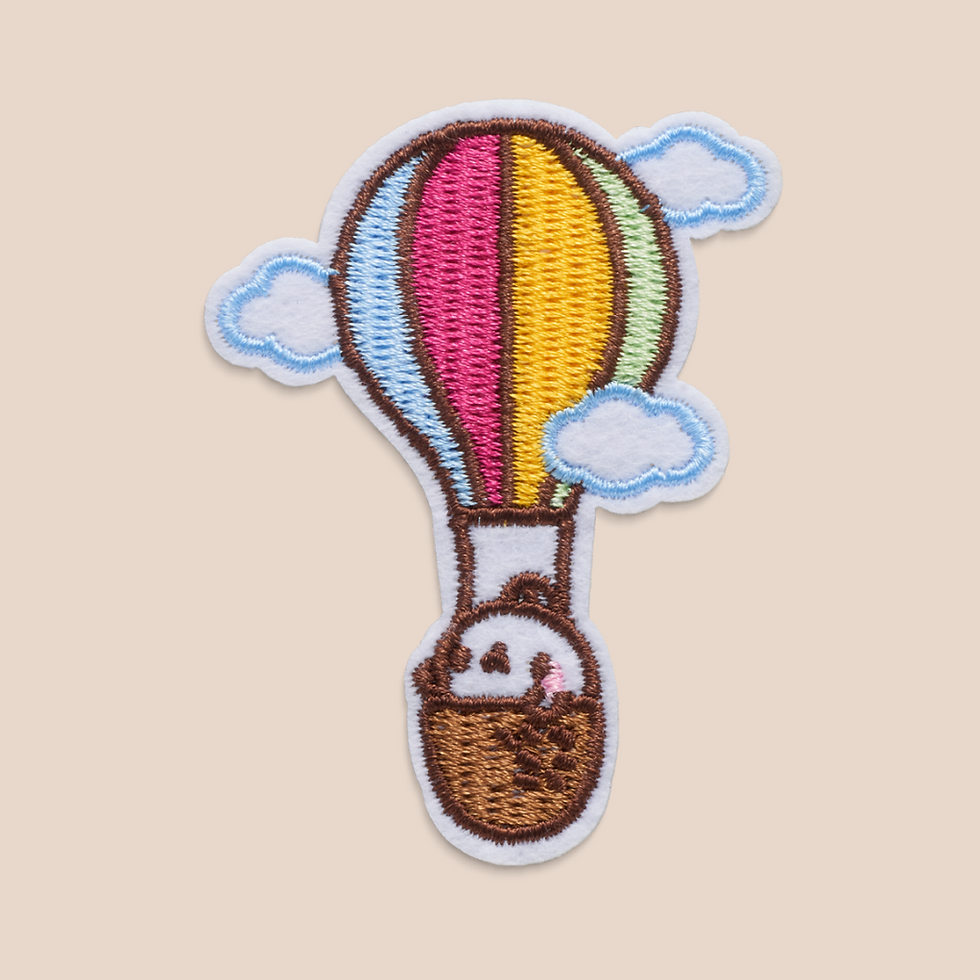The Art of Needlework
- Joyfully Embroidery
- May 16, 2023
- 2 min read
Introduction
Needlework is an ancient art form that has been practiced for centuries across cultures and continents. It involves using a needle and thread to create beautiful and intricate designs on fabric. Today, needlework is enjoyed by people of all ages and skill levels, and has become a popular hobby for many. In this blog post, we will explore the history of needlework, its different forms, and why it continues to be a beloved craft.

The History of Needlework
Needlework has been around for thousands of years, with evidence of its existence found in archaeological sites across the world. In ancient Egypt, needlework was used to create both clothing and decorative items, while in China, it was used to create intricate silk embroideries. During the Middle Ages, needlework became a popular pastime among the wealthy, with women creating elaborate tapestries and embroideries to decorate their homes and clothing. In the 19th century, the rise of the industrial revolution led to the production of affordable textiles, making needlework more accessible to people of all classes. Today, needlework continues to evolve and adapt to modern times, with new techniques and materials being developed every year.
Different Forms of Needlework
Needlework encompasses a wide variety of techniques and styles, each with its own unique history and cultural significance. Some of the most popular forms of needlework include cross-stitch, embroidery, quilting, and knitting. Cross-stitch involves creating a pattern by stitching X-shaped stitches onto a piece of fabric, while embroidery involves creating designs using a variety of stitches and colors. Quilting involves sewing together pieces of fabric to create a larger design, while knitting involves using two needles to create a fabric from yarn. Each form of needlework requires patience, skill, and creativity, and can be a rewarding and relaxing hobby.
Why Needlework is Still Relevant Today
Despite the rise of technology and the decline of traditional crafts, needlework continues to be a beloved pastime for many. It offers a way to slow down and disconnect from the fast-paced world, while also providing a sense of accomplishment and satisfaction. Needlework is also a social activity, with many clubs and groups dedicated to sharing techniques and patterns. In addition, needlework can be used to create handmade gifts and decorations, adding a personal touch to any occasion. Finally, needlework has been shown to have numerous mental health benefits, including reducing stress and anxiety and improving cognitive function.
Conclusion
Needlework is an ancient art form that has stood the test of time. Its rich history, diverse forms, and enduring popularity make it a unique and rewarding craft. From creating intricate embroideries to cozy knit sweaters, needlework offers a way to slow down and connect with our creativity and our heritage. Whether you are a seasoned pro or a beginner, needlework is a hobby that can be enjoyed by all.






